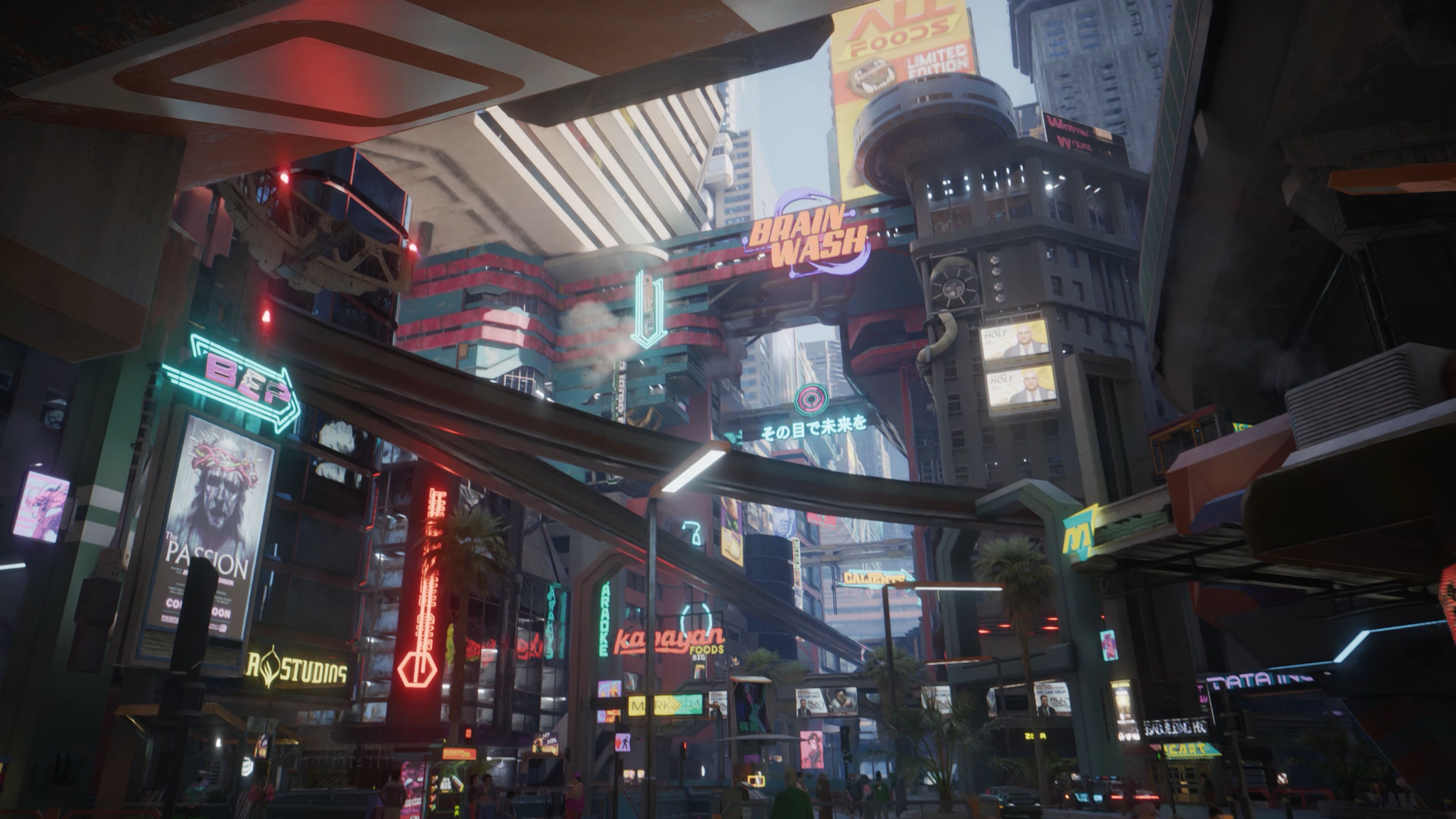Dragon Age 2 Score Reassessment: Sequential Changes
Introduction
When Dragon Age 2 (DA2) was released in 2011, it was met with a polarized reception. Critics and fans alike were divided over its streamlined mechanics, recycled environments, and narrative focus. Over a decade later, however, the game’s legacy has undergone a quiet but significant reassessment. While its flaws remain undeniable, DA2’s strengths—particularly its bold storytelling, character depth, and thematic ambition—have earned it a more favorable retrospective reputation. This article explores the sequential changes in critical and fan perceptions of DA2, analyzing how time has reshaped its standing within the Dragon Age series and the broader RPG genre.
Initial Reception: A Divisive Legacy
At launch, DA2 faced immediate backlash for several key reasons:
- Repetitive Environments – The game’s most glaring flaw was its overuse of the same dungeons, caves, and cityscapes. Players quickly noticed that nearly every side quest recycled the same handful of maps, breaking immersion and underscoring the game’s rushed development cycle.
- Simplified Combat & Mechanics – Compared to Dragon Age: Origins (DAO), DA2 streamlined its tactical combat, removing the overhead camera and reducing the depth of party micromanagement. While some appreciated the faster pace, others felt it sacrificed strategic depth.
- Narrative Pacing & Scope – Unlike DAO’s epic, world-saving plot, DA2 confined itself to a single city, Kirkwall, over a decade. Some players found this shift claustrophobic, while others criticized the abrupt, unresolved ending.
Despite these criticisms, DA2 was not without its defenders. Many praised its:
- Character Writing – Companions like Varric, Isabela, and Merrill were richly developed, with personal arcs that evolved over years.
- Narrative Structure – The game’s three-act format, framed as Varric’s unreliable retelling, was an ambitious departure from traditional RPG storytelling.
- Thematic Depth – DA2 explored systemic oppression, religious extremism, and the cost of survival in ways few RPGs dared.
The Turning Point: Post-Launch Reappraisal
Over time, the discourse around DA2 began to shift. Several factors contributed to this reassessment:
- The Rise of Character-Driven RPGs – As games like The Witcher 3 and Mass Effect gained acclaim for their emphasis on character relationships, DA2’s strengths in this area became more apparent. Its companions felt more dynamic and human than many of its contemporaries.
- Reevaluation of Its Narrative Risks – DA2’s smaller-scale, personal story was initially seen as a step back from DAO’s grandeur. However, as players revisited it, many appreciated its intimate focus on Hawke’s rise from refugee to legend—and the tragedy that followed.
- The Impact of Dragon Age: Inquisition – DA:I’s mixed reception (particularly its bloated open-world design) led some fans to reconsider DA2’s tighter pacing. While flawed, DA2 at least avoided the padding that plagued its successor.
Sequential Changes in Critical Scores
A look at Metacritic and fan forums reveals this gradual shift:
- 2011-2013: Average critic scores hovered around 79-82, with user scores often lower due to disappointment over recycled content.
- 2014-2018: Retrospective reviews began highlighting the game’s overlooked strengths, with some critics calling it “underrated.”
- 2019-Present: DA2 now frequently appears in “hidden gem” discussions, with many ranking it above DA:I in narrative cohesion.
Why the Reassessment Matters
DA2’s changing reputation speaks to broader trends in RPG criticism:

- The Value of Ambition Over Polish – While DA2 was undeniably rushed, its willingness to experiment with structure and themes has aged better than safer, more polished titles.
- The Importance of Character Over Spectacle – In an era where many RPGs prioritize vast worlds over meaningful interactions, DA2’s focus on relationships feels refreshing.
- The Unreliable Narrator Concept – The framing device of Varric’s embellished storytelling, once dismissed as an excuse for repetition, is now seen as a clever meta-commentary on mythmaking.
Conclusion
Dragon Age 2 remains a flawed game, but its flaws are now viewed in a different light. What was once criticized as lazy design is often recontextualized as the result of a rushed development cycle—one that still produced a story with remarkable depth. As the RPG genre evolves, DA2’s willingness to take risks—both in narrative and structure—has earned it a second life as a cult classic. Whether BioWare’s upcoming Dragon Age: Dreadwolf can recapture that ambition remains to be seen, but DA2’s reassessment proves that great storytelling can outlast technical shortcomings.
In the end, Dragon Age 2 is a testament to the fact that games, like legends, can change in the telling.














